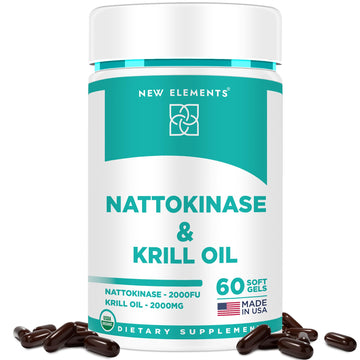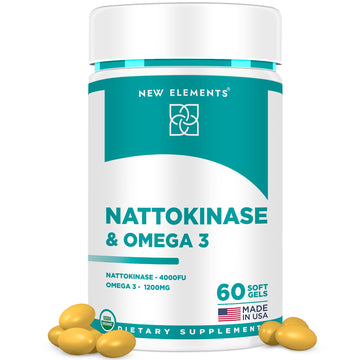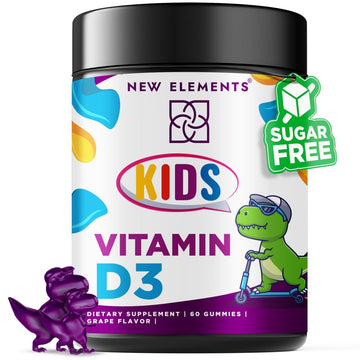Who Should Take Iron Supplements?
Iron is a nutrient that plays many important roles in your body, including keeping you healthy and full of energy.
Low iron levels are common, and they can cause unpleasant symptoms like tiredness, poor concentration, and frequent bouts of illness. However, iron deficiency is not always easy to spot, especially in its early stages.
Iron supplements are a great way to reverse a deficiency, especially if diet changes alone are unsuccessful .This article discusses iron supplements, who may benefit from them, as well as the best ways to get your iron levels tested.
Symptoms of low iron levels
Low iron levels are common, especially in certain subsets of the population. If left untreated, they may develop into a more serious condition known as iron deficiency anemia (IDA)
IDA is a condition in which your blood doesn’t contain enough healthy, oxygen-carrying red blood cells. As a result, you may experience the following symptoms
- tiredness
- a lack of energy
- shortness of breath
- difficulty concentrating
- more frequent bouts of illness
- difficulty regulating your body temperature or often feeling cold
- pale skin
- heart palpitations
- headaches
- hearing ringing, hissing, or buzzing noises inside your head
- itchiness
- a sore tongue or difficulty swallowing
- changes in the way food tastes
- hair loss
- cravings for non-food items, such as ice or dirt — also known as pica
- painful open sores in the corners of the mouth
- spoon-shaped nails
- an uncontrollable urge to move your legs — also known as restless leg syndrome
If you’re experiencing any of these symptoms, consider discussing diagnostic testing options with your healthcare provider to identify or rule out low iron levels or IDA.
Keep in mind that these symptoms are typically most noticeable when low iron levels progress to IDA. Thus, you may have low iron levels without experiencing any of these signs, especially in the early stages of iron depletion.
Getting your iron levels tested regularly can be a great way to identify and treat low iron levels before they potentially develop into IDA.
SUMMARY
Low iron levels are common and can, if left untreated, progress into iron deficiency anemia (IDA). Symptoms often only appear once IDA has developed. Getting your iron levels tested regularly may help identify a deficiency before it progresses to IDA.
When may iron supplements be helpful
Iron supplements can help reverse low iron levels or treat iron deficiency anemia. They can produce results quicker than diet interventions and are often considered the treatment method of choice.
These supplements can be particularly helpful among people who are prone to low iron levels, especially if they’re unable to maintain a good iron status through diet alone, including:
- pregnant people
- infants and young children
- people experiencing heavy periods
- frequent blood donors
- people with cancer
- people with gastrointestinal disorders, such as celiac disease, ulcerative colitis, or Crohn’s disease
- those who have undergone gastric surgery
- people with heart failure
- those taking iron-depleting medications, such as those used to reduce stomach acid
- people regularly partaking in heavy exercise
- those following a vegetarian or vegan diet
- people with blood disorders, such as thalassemia or sickle cell anemia
- people with alcoholism
It’s important to note that taking iron supplements when they’re unnecessary could harm your health, partially because they typically contain high doses of iron, which can cause digestive issues and reduce the absorption of other nutrients in your gut.
Taking these supplements unnecessarily may also cause cell damage, and in severe cases, result in organ failure, coma, or death. Negative side effects can occur in anyone, but appear especially fatal in children.
Therefore, always speak to your healthcare professional about getting your or your child’s iron status tested before taking iron supplements, and always follow your healthcare provider’s dosage recommendations.
SUMMARY
Iron supplements can reverse sub-optimal iron levels. Make sure to get your iron levels checked beforehand, as taking them unnecessarily could harm your health.
Getting tested for low iron
Getting your blood tested is one of the best ways to diagnose low iron levels or IDA, as the conditions can be difficult to diagnose based on symptoms alone.
One complementary approach is to consider how your dietary and supplemental iron intakes compare with the recommended iron intakes.
To understand the importance of requesting certain blood tests over others, it may be useful to understand the three main stages of iron deficiency.
Stages of iron deficiency
Low iron levels typically progress to IDA through these stages.
Mild iron deficiency. This condition consists of low iron stores with ferritin levels between 10–30 mcg/L, as well as a normal red blood cell (RBC) count with hemoglobin above 12 g/dL and hematocrit above 36% for women and 41% for men.
Mild functional iron deficiency. This condition consists of depleted iron stores with ferritin levels lower than 10 mcg/L but a normal RBC count with hemoglobin above 12 g/dL and hematocrit above 36% for women and 41% for men.
Iron deficiency anemia (IDA). This condition consists of depleted iron stores with ferritin levels lower than 10 mcg/L, plus an RBC count falling below normal range with hemoglobin below 12 g/dL and hematocrit below 36% for women and 41% for men.
Best tests to diagnose your iron status
Hemoglobin and hematocrit tests are commonly used to screen for iron deficiency. However, they’re not considered sensitive, nor specific, and tend to only identify IDA — not the early stages of iron depletion.
Identifying the earlier stages of depletion is beneficial, as doing so allows you to address the problem immediately — be it through diet modifications or supplements — rather than letting it progress to IDA before taking action.
Serum ferritin is currently considered the most cost-effective and efficient test for diagnosing an iron deficiency, especially in its early stages.
However, few medical professionals routinely test for ferritin levels, so you may have to request this test specifically, in addition to hemoglobin and hematocrit tests, when visiting your doctor’s office.
How often should you get tested?
Those with no history of low iron levels may choose to get their levels tested once per year as a way to detect a potential iron deficiency in its early stages.
If taking iron supplements, improvements in hemoglobin may be noticeable within 4 weeks. However, it generally takes at least 3 months to completely replete hemoglobin levels and sometimes even longer to replete ferritin levels.
Therefore, people currently taking supplements to treat an iron deficiency should wait at least 3 months after beginning treatment, if not slightly longer, before getting their hemoglobin and ferritin levels retested.
That said, a small proportion of people either do not respond to oral iron supplements or experience side effects. As such, they may need other treatments.
Therefore, if you have IDA and fail to notice any improvement in symptoms within the first 4–8 weeks of taking a supplement, consider getting your hemoglobin levels retested to check whether you’re responding to the treatment.
SUMMARY
Getting your hemoglobin, hematocrit, and ferritin levels tested is the best way to identify an iron deficiency before it potentially develops into IDA. How often you should get your iron levels tested depends on your current iron status.
Buy New Elements Liquid Iron Supplements on Amazon






